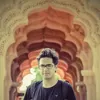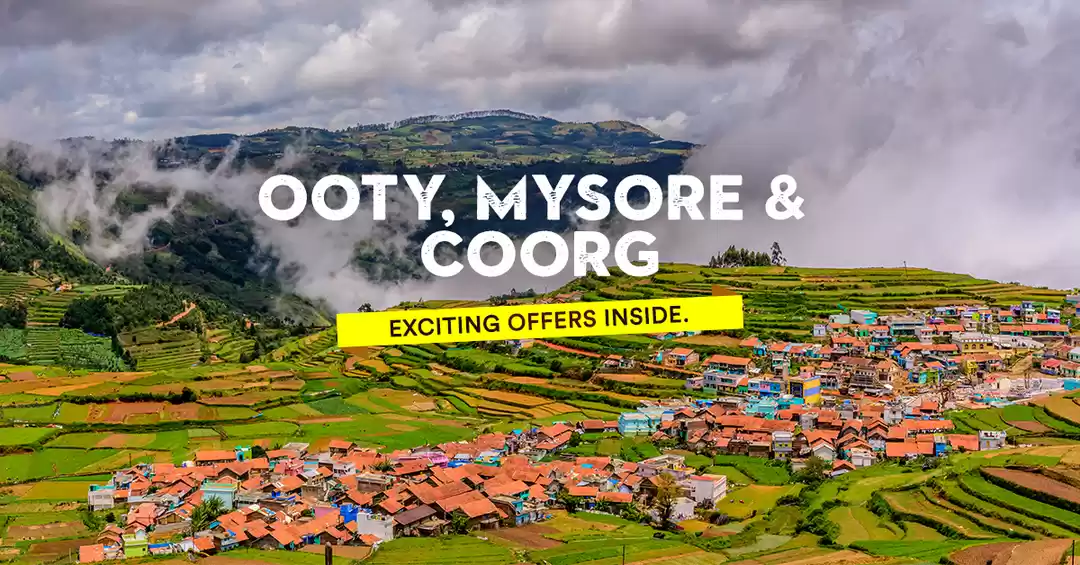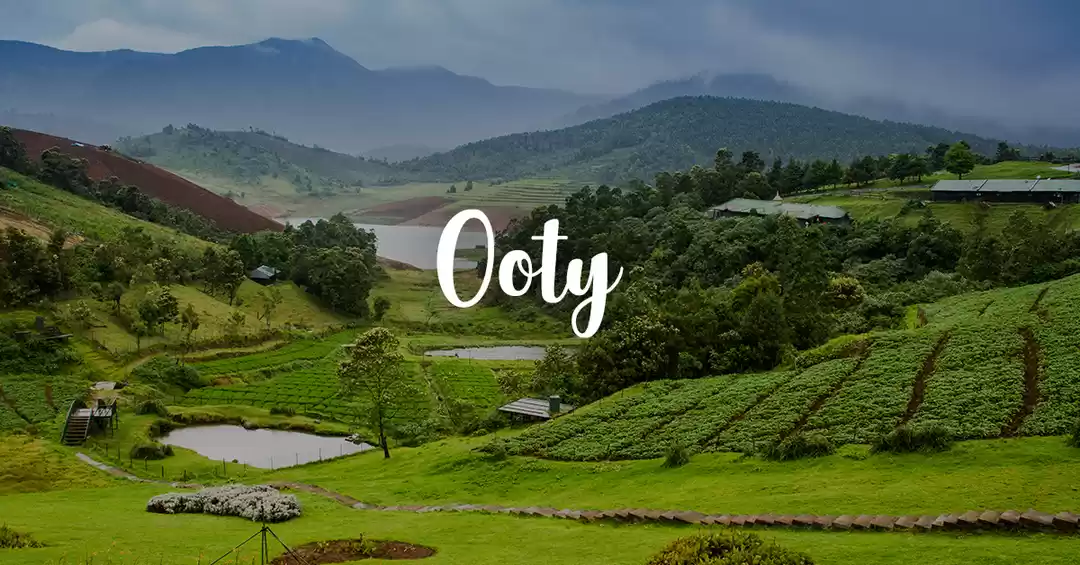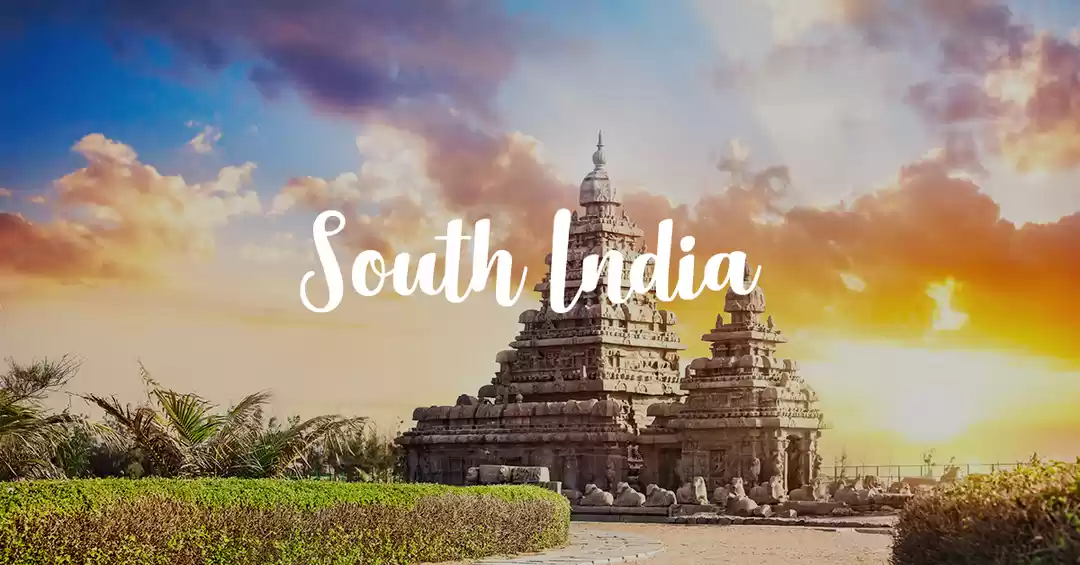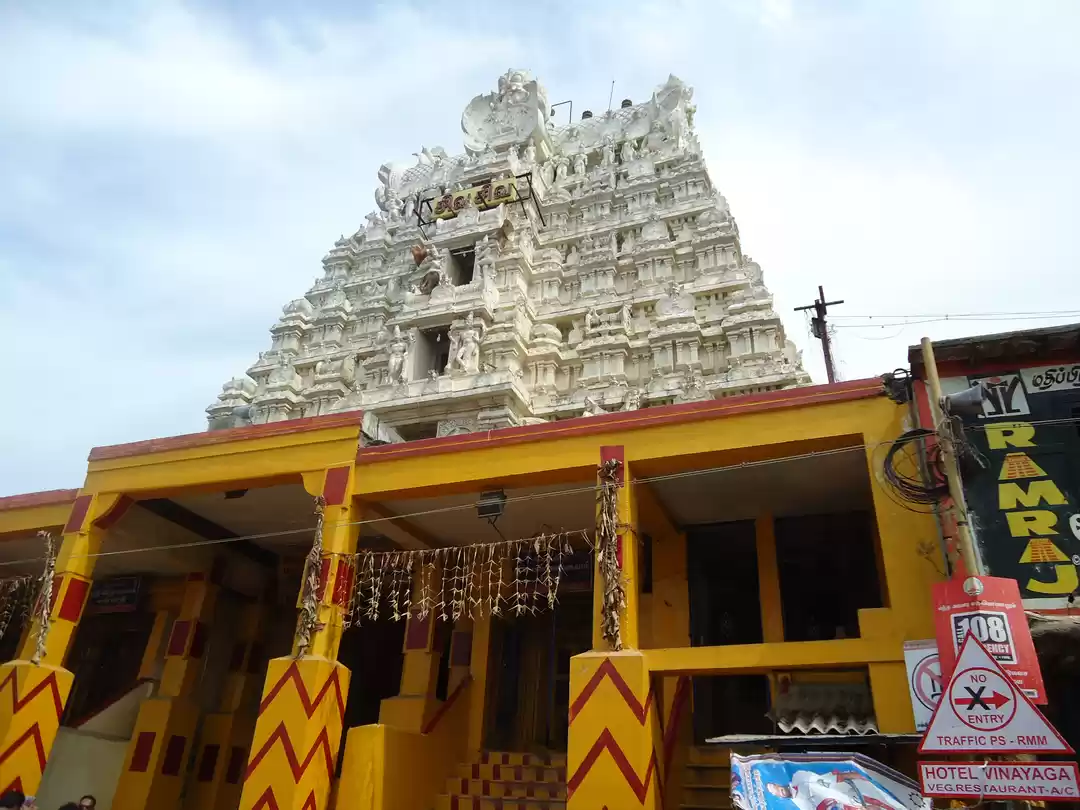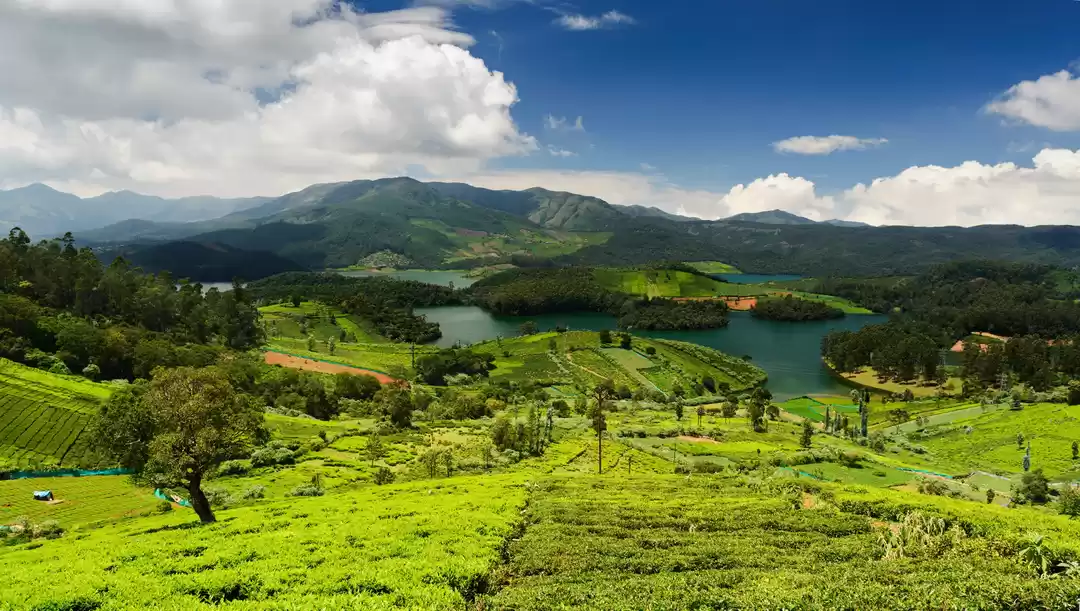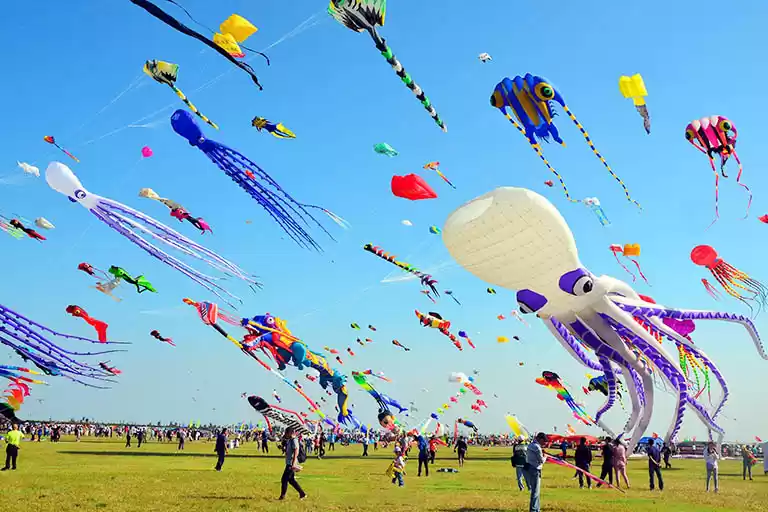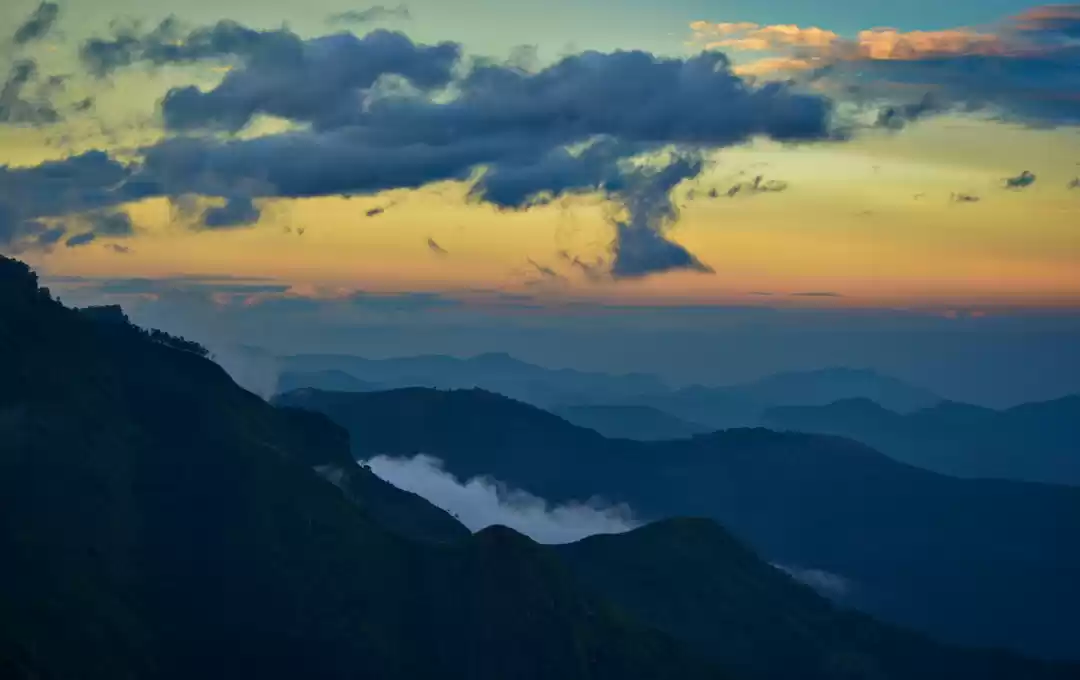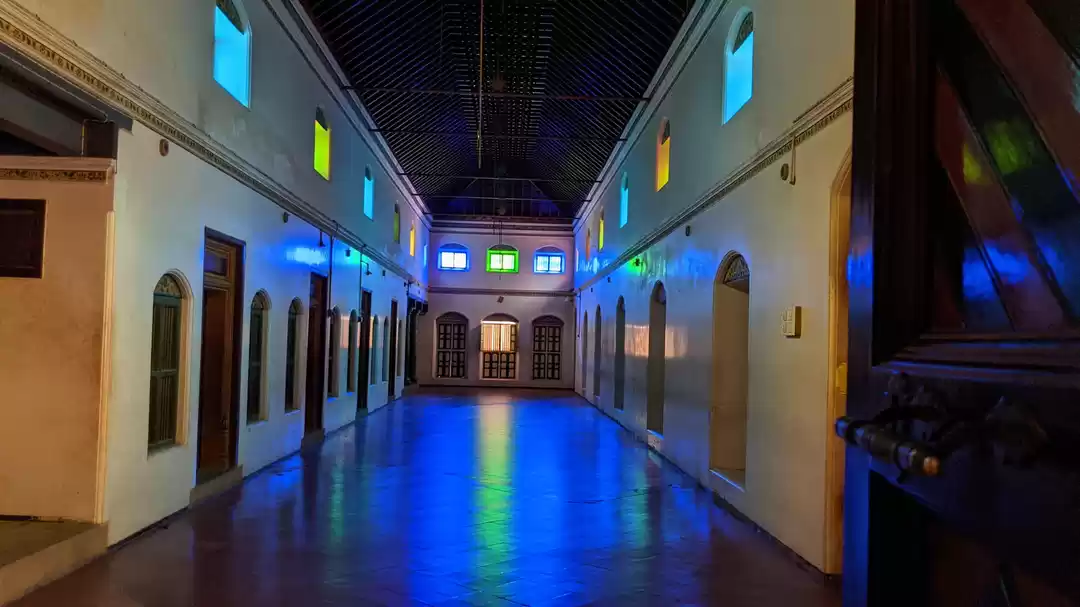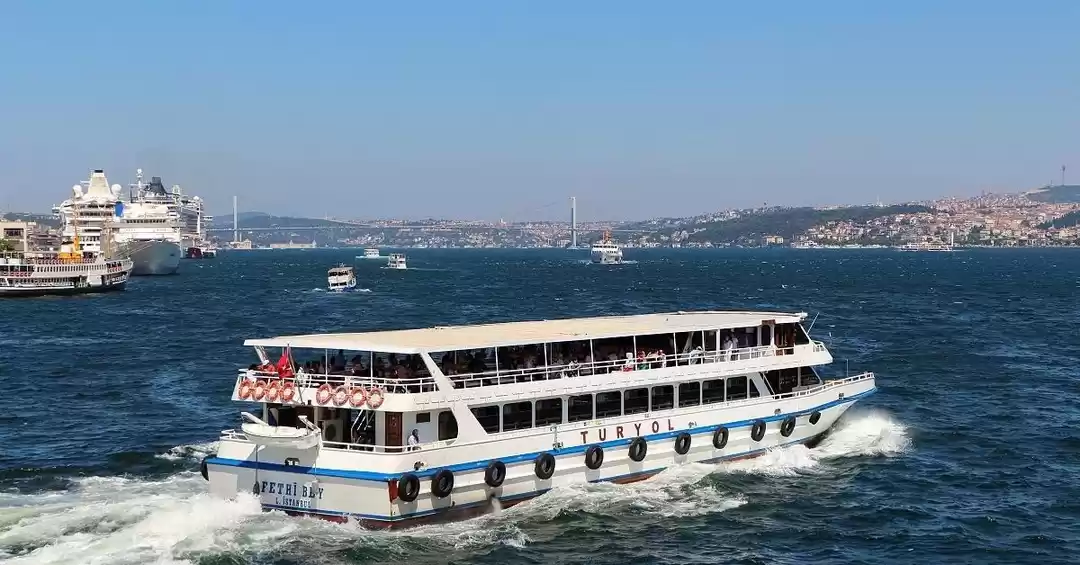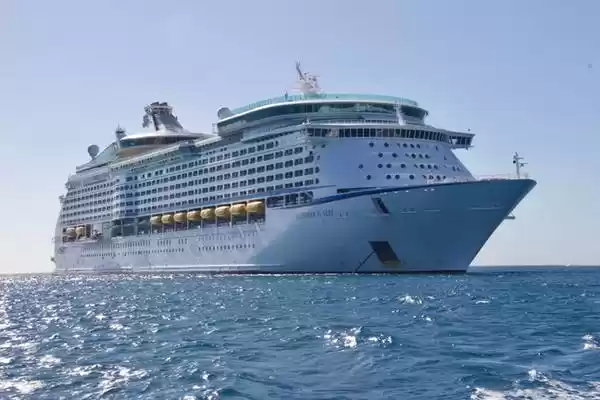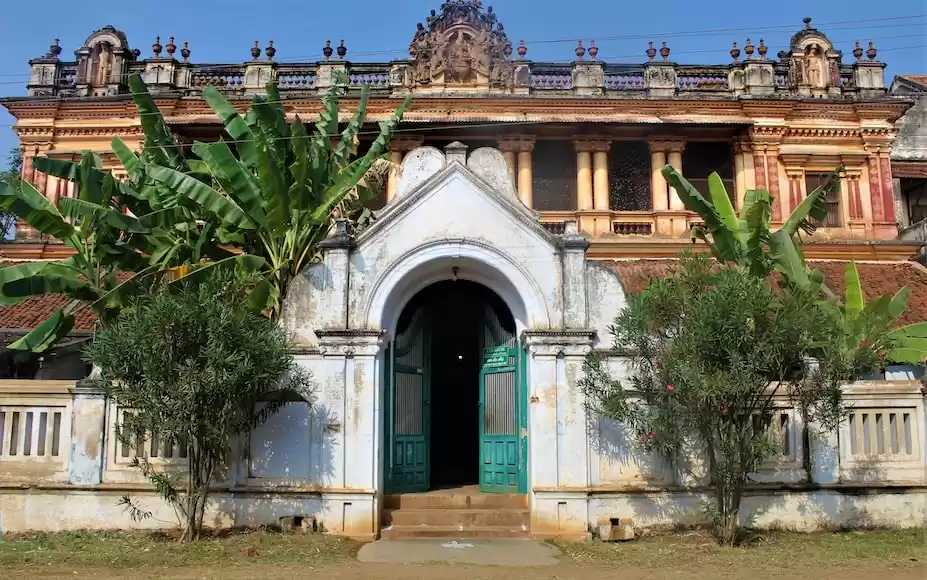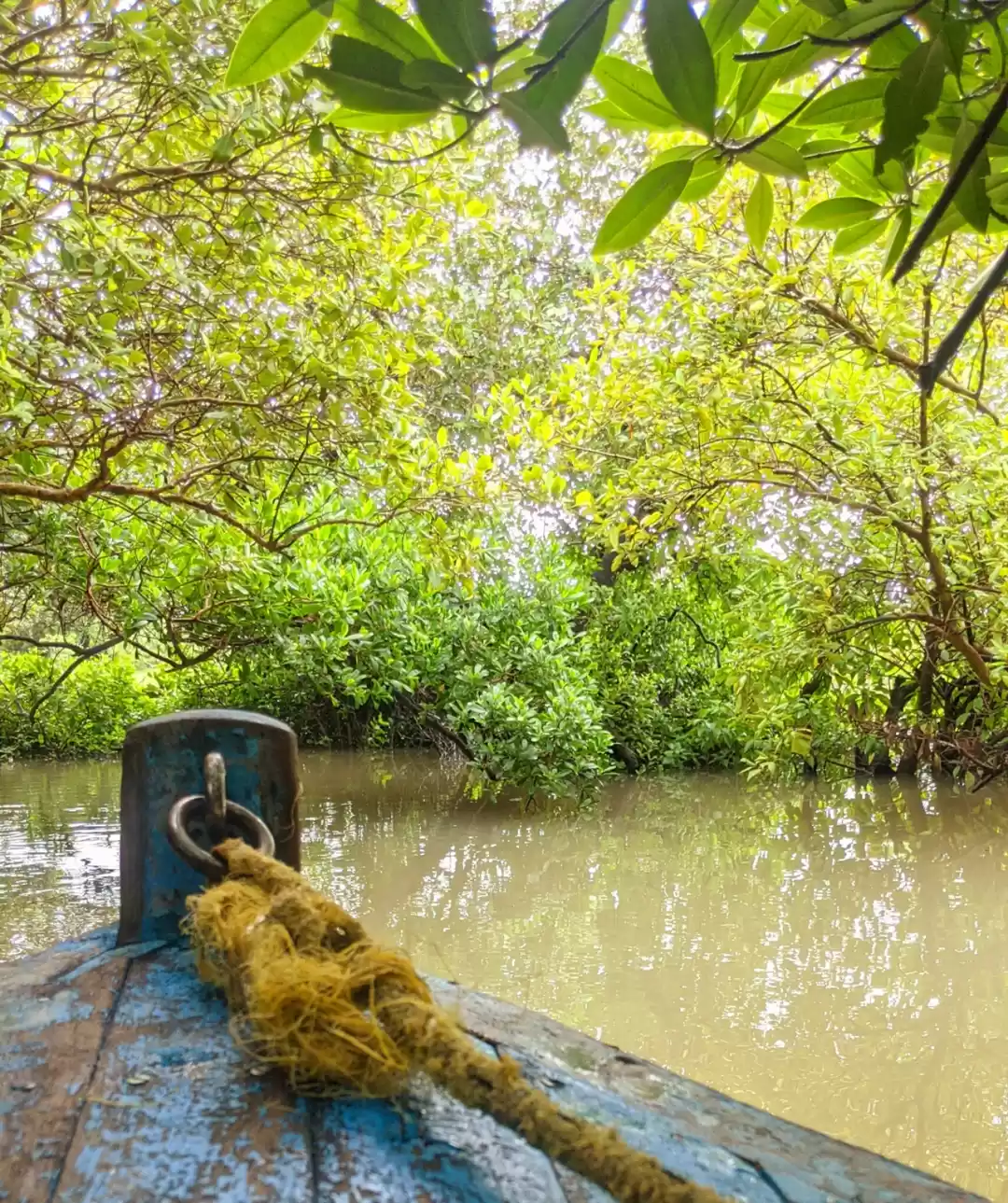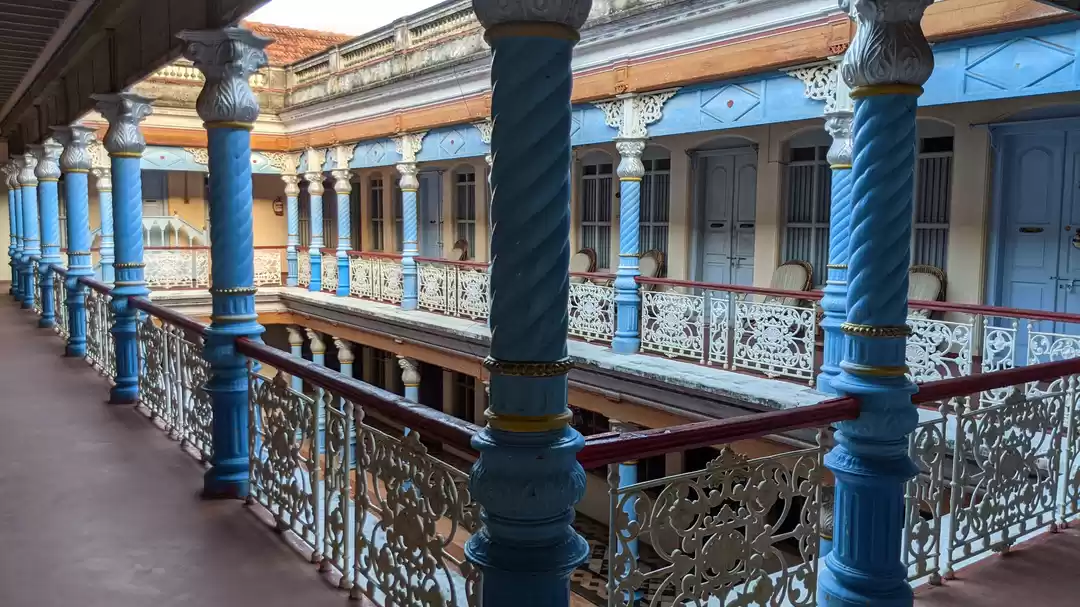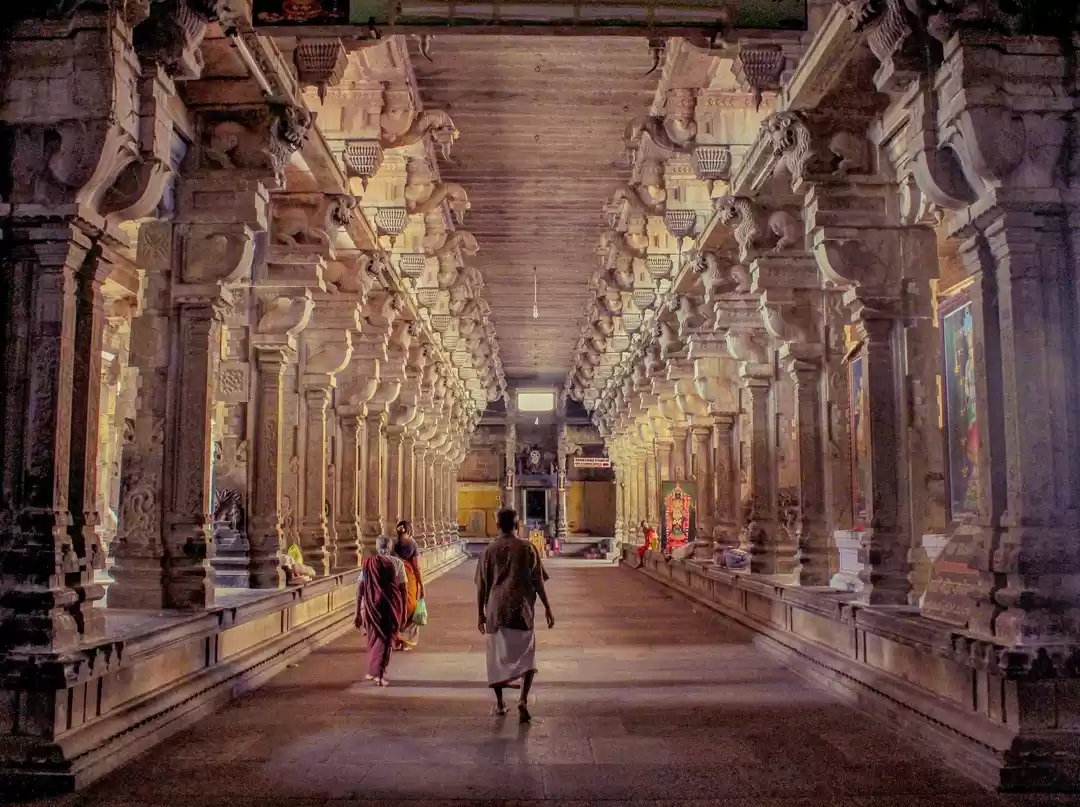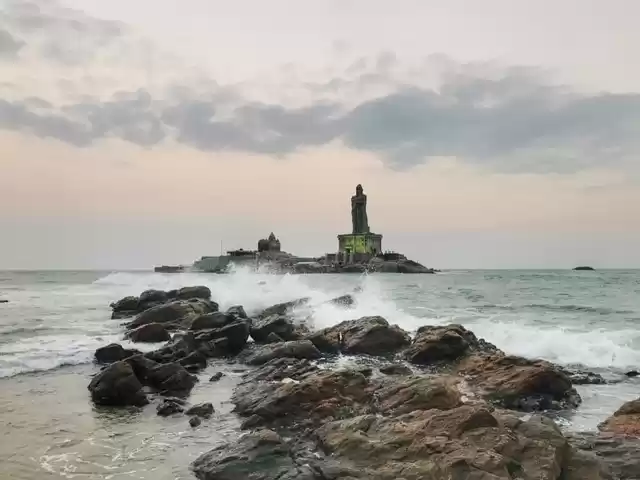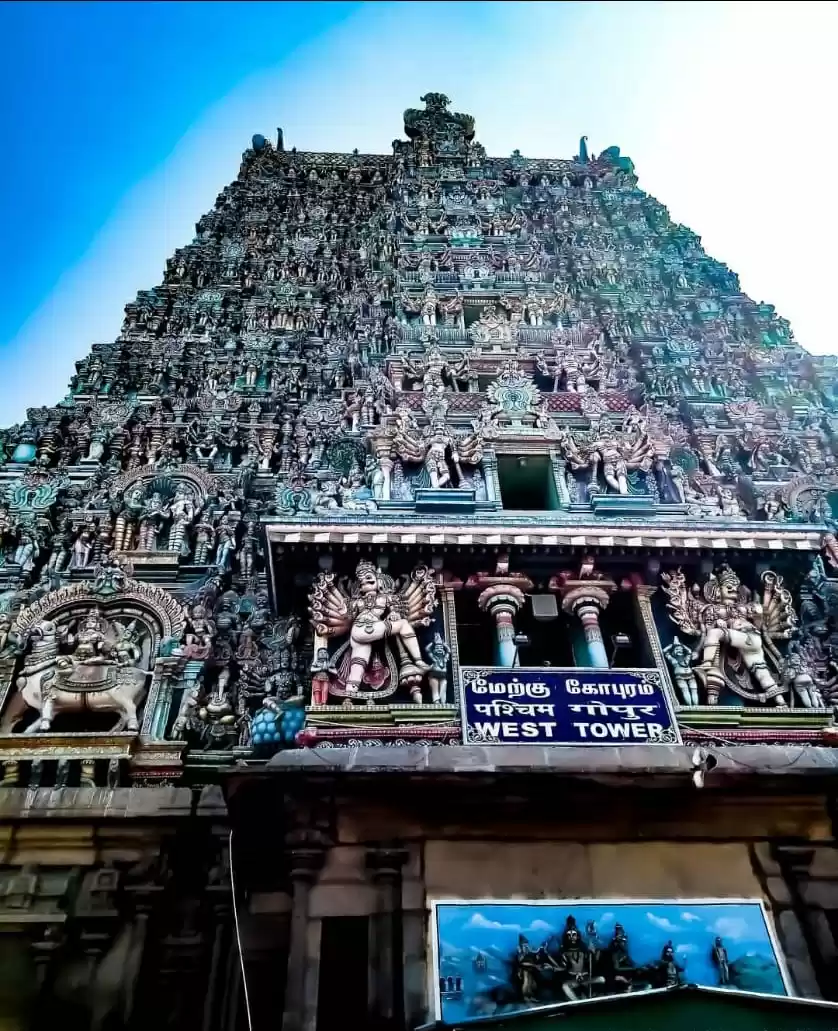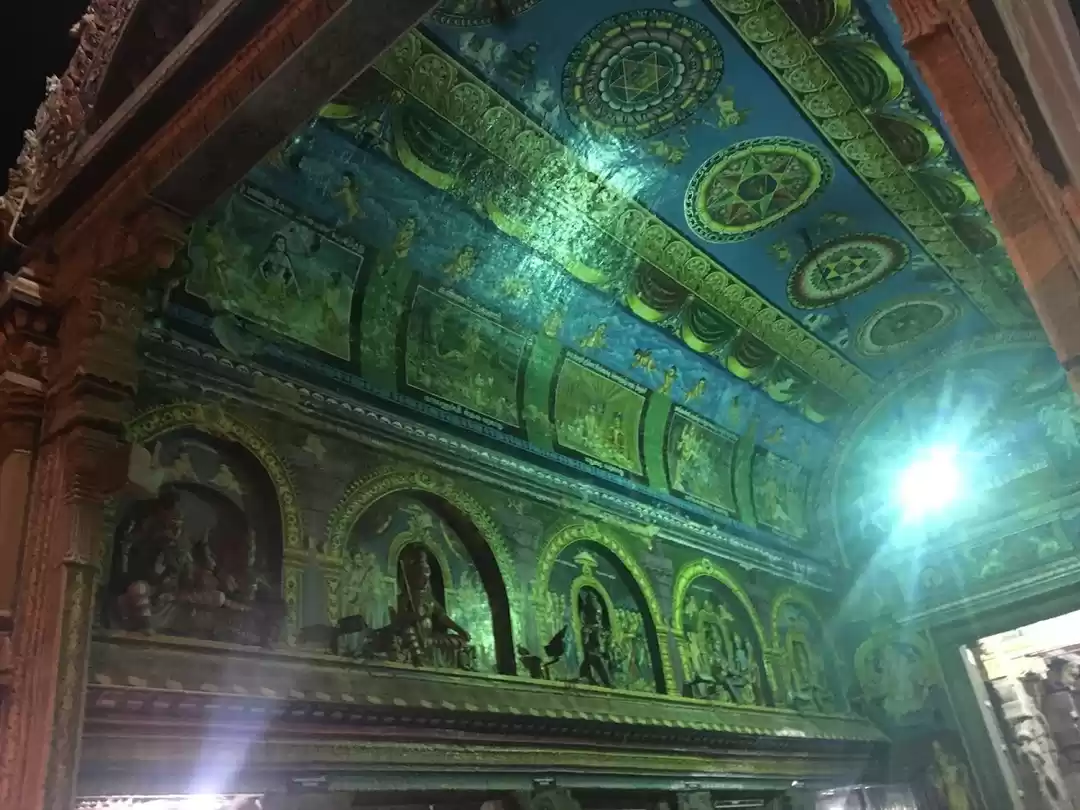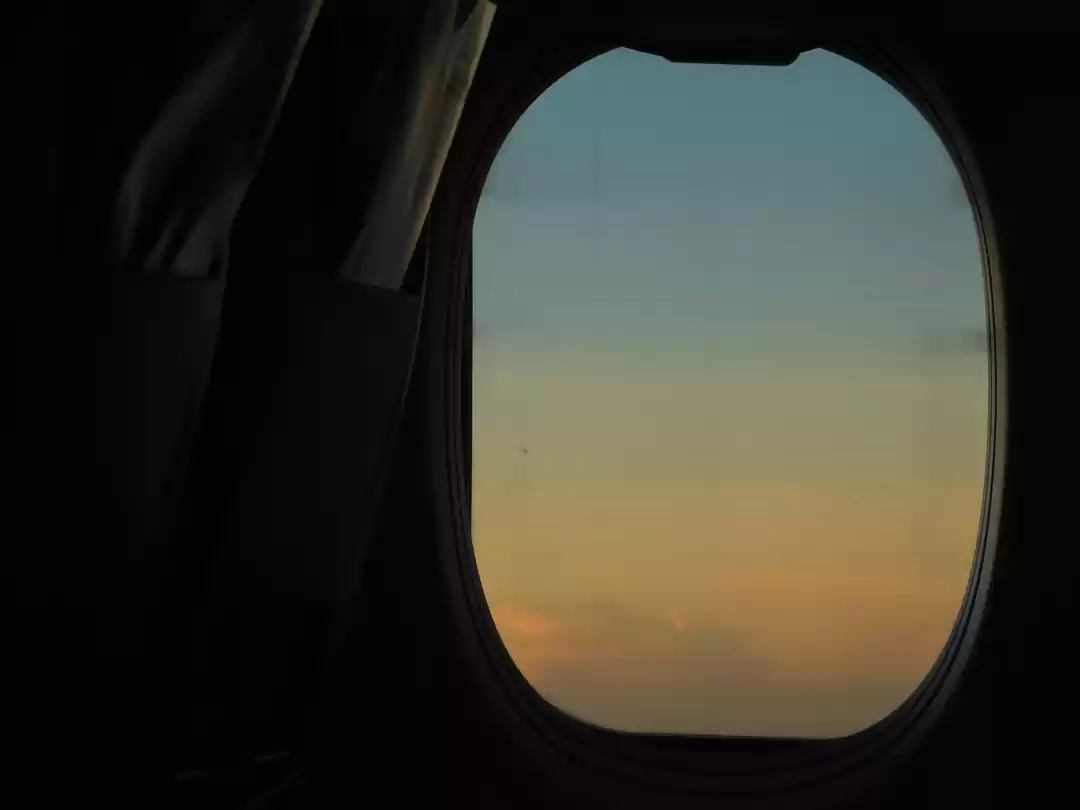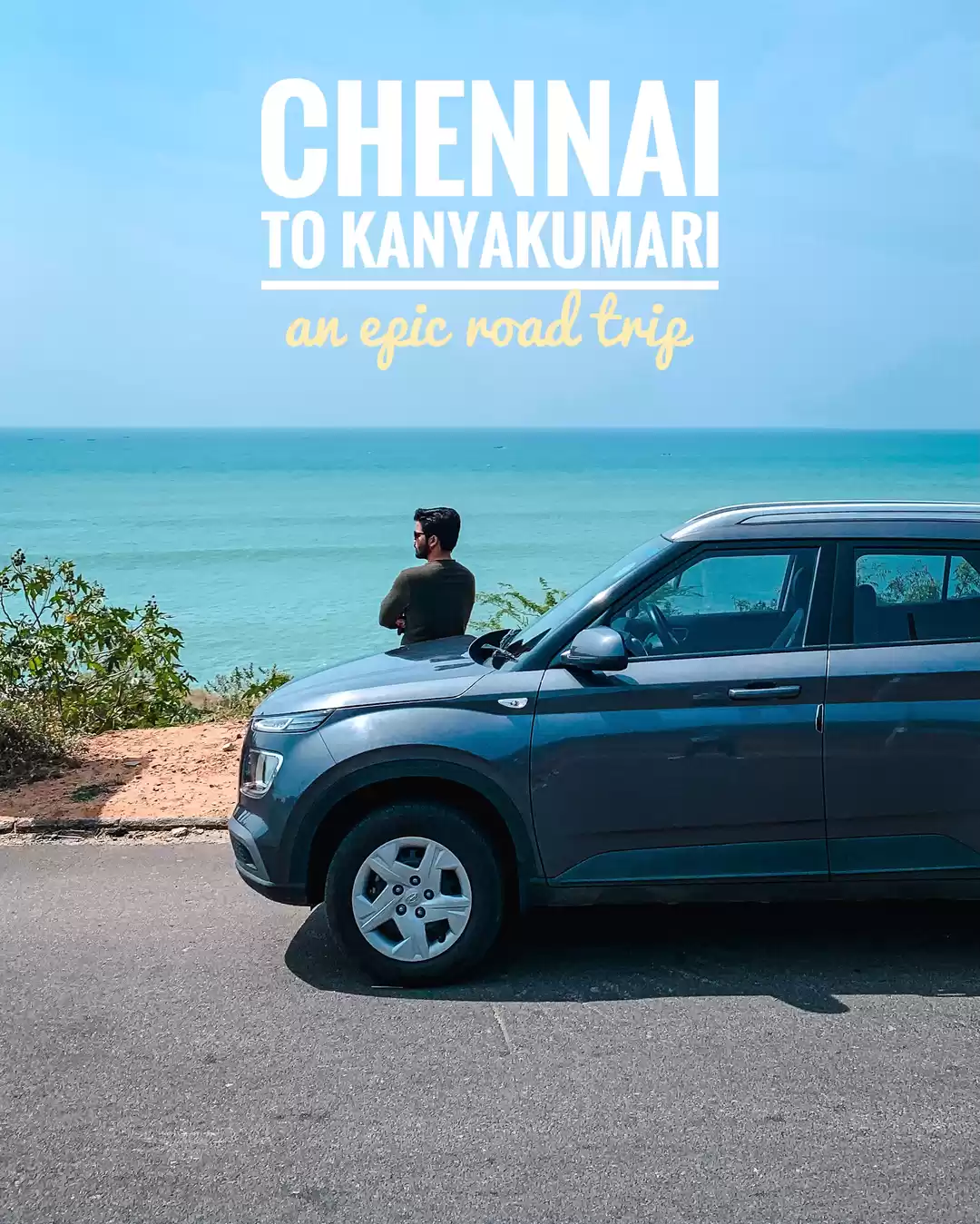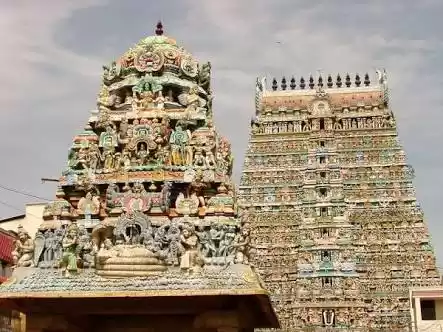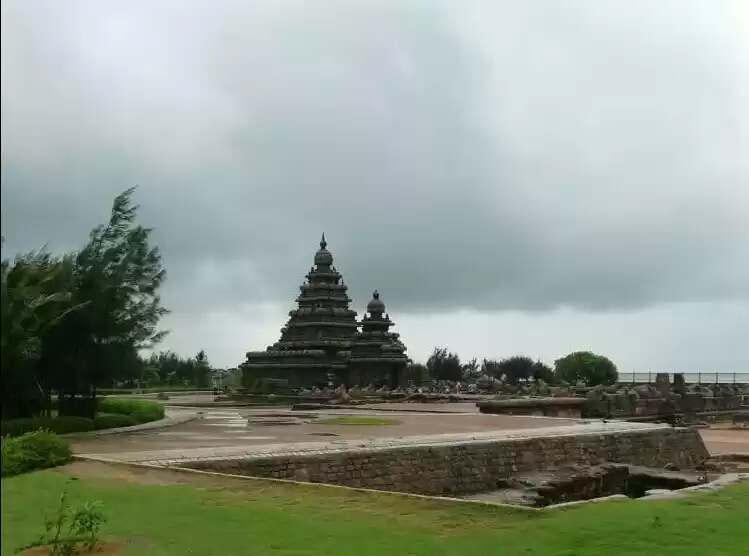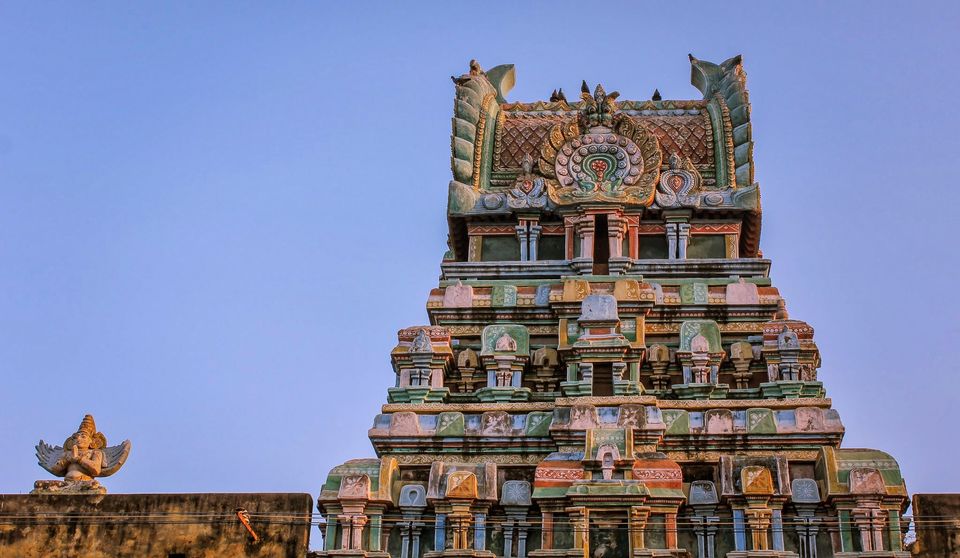




The city of Madurai was first described by Megasthenes, the Greek Ambassador to India, in the 3rd century BC. The 2500 year old city has seen rulers come and go... starting with the Pandyas and then followed by Cholas, to the Mughal invaders who demolished the original Meenakshi temple, to the Nayaks who restored Madurai to its former glory. Meenakshi temple is the vivid and living landmark architectural marvel that defines not just the city of Madurai but the whole of the South India.
The temple is the geographic and ritual center of the ancient city of Madurai. There is one large tower, Gopuram, on each of North, West and South directions while the East has two towers. Apart from these there are four smaller towers inside the campus enclosed by the bigger towers. The famous southern tower, rises to over 170 ft (52 m) and was built in 1559.

Legend has it that the reigning deity Meenakshi was born out of holy fire as an answer to the prayers of King Malayadwaja and his wife Kanchanamalai. She was born with three breasts - a reminder that she was divine - and it was foretold that the third breast would disappear when she met her Lord. She was named 'Taadathagai', but was called 'Meenakshi' - the one with the fish-shaped eyes. As the only child, she was loved and pampered, but also taught all the arts she would need to rule the land. She learnt to wield weapons just as well as she did the needle, and in time, took over the reins of her kingdom. While her father had ruled the land well, content with all he had, she was ambitious, and chose to extend her reign over the whole of the subcontinent. She led her army past the Deccan Peninsula to the snow covered peaks of the Himalayas, where she eventually met her divine consort - lord Shiva. It took but one glance, and her third breast melted away, showing her that it was indeed he who was her match. The temple was said to be constructed commemorating their marriage at Madurai.
It was really difficult getting the whole of gopuram in a single shot, mostly because there is little space outside the compound walls of the temple. There is just a road that separates the grand temple and the town market. What you have is not a architectural monument that people come to visit as tourists, it's a living temple where a lot of people come to worship and not to observe its architectural/cultural beauty. The southern gate, the largest one, with the outer compound wall can be seen in the photo below.

Here is an attempt at capturing one of the inner (smaller) gopurams -

I personally think that the temple has too much designed in a little space. It is as if the whole universe has been depicted on the walls and towers. There is not an square inch of empty space anywhere. A little relaxed design would've come out better. Below is a shot that captures the details of the sculptures on the gopuram towers. It is really difficult to decide where to cut your shot, because one would definitely end up cutting some of the body parts at the edges. Hope you can live without knowing whom the 16 hand demon is trying to kill.. (bottom of the frame)

While I was fussing about not getting good shots, Disha came up with this, she obviously didn't have the space constraints I was facing -

The temples have a common ending at the top of the tower, the creature that you see on the top, with huge eyes, is actually a lion/tiger. This is a common motif that I noticed in Hoysala and Vijaynagar architecture as well.

Once you get inside, you'd see an entire city that lives inside the temple, there are markets and museums but most importantly many more temples apart from the main shrines of Meenakshi and Sundareswara. I particularly loved the circular designs that were hand-painted all over the temple.

I wasn't allowed to click inside the temple, but once you are in the main chamber, the first thing you see is the shimmering Garuda Stambha. The stambha is gold plated rod that protrudes out of the temple ceiling and has a flag tied to it at its top end. The rod reflects the sunlight, all through the day, that manages to enter through the square block hole. It was almost like a divine intervention to see the light being reflected in every direction inside the temple hall through the pillar. It definitely makes a lasting image in your mind and invites you to explore the temple..
There was one particular point where the sunlight was entering the temple in a very unique fashion, almost as if it was being guided along the way.. Disha couldn't leave the place without sketching it, here is what she drew -

The queues in the temple to see the main shrine were expectedly long and seemed never-ending. We did not bother even enquiring the expected time to darshan, just offered our wishes from outside and went ahead to get some lunch. After lunch, it was time to head towards the other famous building at Madurai - Thirumalai Nayak Palace
Thirumalai Nayak ruled Madurai between A.D 1623 and 1659. He was the most notable of the thirteen Madurai Nayak rulers in the 17th century. The palace that we visited was the one he had commissioned during his rule - AD 1636 to be precise. The place would remind you of Indo-Saracenic style of architecture, but it was done much before that style was brought in by Britishers in India. The building was done by an Italian architect who rightfully mixed European styles in Indian design which by then was taking a lot of influence from the Islamic architectural style. Thus the end result was a very contemporary building that would have been called a modern marvel in its time.

One thing that is easily noticeable is that the interior is richly decorated whilst the exterior is treated in a more austere style. The palace was divided into two major parts, namely Swarga Vilasam (Celestial Pavilion) and Ranga Vilasam. The royal residence, theatre, shrine, apartments, armory, palanquin place, royal bandstand, quarters, pond and garden were situated in these two portions. This however is just quarter of the original palace.

Here is a shot of the ceiling patterns inside on of the halls. The palace is definitely a must-see was truth be told, I liked it more than the temple, as it had a real story behind it.

Anyhow, there wasn't much to do in Madurai after this and we took our own sweet time while covering the 2 buildings, thus it was time to head out. But before leaving, I decided to have to much hyped summer drink of Madurai - Jigarthanda. Jigar is the hindi word for liver and thanda means cool, thus the drink apparently cools down your liver! It is basically a milk based kulfi with lots of dry fruits and fruit jellies, some which I personally couldn't even identify while they were being poured in my glass. Do try it while you are there, you'd easily find a shop at every second turn in the city.

Alright, it was time to head to the next destination - Thanjavur, Being about 60 km east of Trichy - our starting point, Thanjavur is close to 200 km from Madurai. Thus, we lost close to 3 hours of daytime in travel, but it didn't harm us because we learnt that the Thanjavur temple was still open at 8 PM.
We checked-in a hotel and quickly went back to the temple to see it in the full-moon light of Holi. Here is the shot, i was missing my tripod though..

Thanjavur was the capital of Chola empire, and the rulers of this city were infact defeated by the rulers of Madurai, where we had just come from. But rulers of Madurai has earlier been defeated by Cholas in the past, so it was just history balancing itself as we learnt in the first leg of this 2-part post.
We returned to the city, had thanjavur special dosa for dinner and then went back to the hotel. Next morning, it was time to explore the city of cholas. we started with the Maratha Palace as it was at walking distance from the hotel.
The marathas at the time of their rule were as good as any other foreign invading army, the only thing that set them apart was the fact that they were Hindus by religion. The Thanjavur Maratha palace was originally constructed by the rulers of Thanjavur Nayak kingdom. After the fall of the Thanjavur Nayak kingdom, it served as the official residence of the Thanjavur Maratha. When most of the Thanjavur Maratha kingdom was annexed to the British Empire in 1799, the Thanjavur Marathas continued to hold sway over the palace and the surrounding fort.

What you see above is the top structure of the palace called Sarjah Mahadi, which served as the residential part, while the halls on the ground floor served for general assemblies and town halls. Below is the shot of the hall with a statue of an important king of Thanjavur Marathas - Serofji II, who ruled Thanjavur from 1798 until his death in 1832.

The building although seemed like just another historical building that was past its prime and would vanish into nothingness, it sure did have some interesting elements like the lotus like dome structure of this particular room in the photo below. It is a squinch dome that is used in such stepped dome applications. Another crazy thing that we saw there that couldn't have been expected was an original skeleton of a whale! The board there said there was no other space to keep it, so it was either to be dumped or kept in the palace!

But surely, the most picturesque building there was the bell tower with its many symmetrical arches, photo below

We were one of the few travelers there, and it showed that this place was just an add-on to the Brihadeeswara Temple. So, without further delay, we went ahead to the main attraction. Below is the entrance to the temple -

The temple just completed 1000 years in 2010, thus you can imagine why it is called 'The Great Chola Temple'. The Brihadeshwarar Temple was built to be the royal temple to display the emperor's vision of his power and his relationship to the universal order. The temple was the site of the major royal ceremonies such as anointing the emperor and linking him with its deity, Shiva, and the daily rituals of the deities were mirrored by those of the king.

When the Brihadeeswara temple was completed in 1003 CE, it was the tallest temple in India by an order of magnitude of 10. A thousand years later, standing at 216 feet, it is still the tallest temple in India.

Surrounding the temple, there was a pillared corridor that had numerous paintings from the Chola period and the Nayak period. The chola frescos are as important as the ones in Ajanta. But because of being in open air, they are now getting damaged, a lot of them already have. A lot of Nayak paintings were actually done over the Chola paintings as it is quite possible that the Chola paintings had already started chipping off by then. There were good 500 years between the 2 time periods.


The temple was built at a fair clip, completed in mere 7 years, amounting to moving and placing almost 50 tons of rock each and every day, not to forget carving and aligning it. The huge kalasam or Vimanam (top portion of the shrine) is believed to weigh 80 tonnes of single stone block and was raised to its present height by dragging on an inclined plane of 6 km using elephants. Imagine that!
While I was clicking, Disha came up with these -


The outer wall of the upper storey is carved with 81 dance karana s - postures of Bharathanatyam, the classical dance of Tamil Nadu. The starting school of this dance is said to be this very temple. Try n see if you can locate them in the picture below. Another unique thing here is that the Gopurams, the entrance towers, are smaller than Shikhara, the main structure. This is not a regular feature in dravidian temples. Anyhow, forget all this and enjoy the beauty of the Shikhara of the temple, its intricate carving done on hard granite!

After exploring the temple for good 2 hours, we still had a lot of time at our disposal. I had read about the town of Kumbakonam for it was the focal point to visit the Navagrah temples - the temples of the 9 planets! Even though we knew that there wasn't enough time to cover everything, we still went ahead to see what we would find there.

Kumbakonam is a small temple city and it sure is an old one. You could find a temple, big or small, after every 200 m! The temples ranged from being as small as a room to as big as a few acres in area. We decided to remain in the city because the time we reached the city, around 3 PM, every temple was closed. We were told that they would re-open only by 4.30 PM. We ended up having a long lunch and still had to wait for temples, as the gates finally opened by 5 PM.
I was looking up the places we should be going by then on my phone. One interesting thing that I noticed was that this town seemed to be so overflowing with religion that it had Shiva and Vishnu temples in vicinity of each other. So far, I had only noticed that cities were inclined towards Vishnu or Shiva. Trichy had Vishnu temple, Madurai and Tanjore had Shiva temples. We decided to go 2 temples, the biggest Shiva temple - Nageswaran Temple and the biggest Vishnu temple - Sarangapani Temple, and this would be the end of it.
First we visited the Nageswaran Temple, it was a small temple but it sure was old and big in terms of land area it covered. The complex extended to include living quarters and there was another temples besides the shiva temple which was in the shape of a chariot. What struck me the most were these idols that were sculpted on the temple walls. They seemed to be much older than the main temple, again supporting the fact that the temples were made in parts as the funds were sanctioned by the kings. There was also a group of students there, possibly architects who were trying to translate the writings on the walls of the temple in order to preserve them.

Next destination came in quickly, we reached the Sarangpani temple, which was also the biggest temple of the town. The gopuram in the blue hour just around the sunset was a delight to click. Here are the shots -

Although this Gopuram was also equally adorned as the the ones in Madurai, this one seemed more serene and less puzzling to the eye.

Yet if you sit in front of it, exploring each of the sculptures, you could easily spend an hour without noticing it.

After all this travel and hunting temples one by one, it was time to end the journey and head back to Bangalore. I had a good time, so did Disha, hope you too feel the same. Thanks for reading the 2 long posts!

